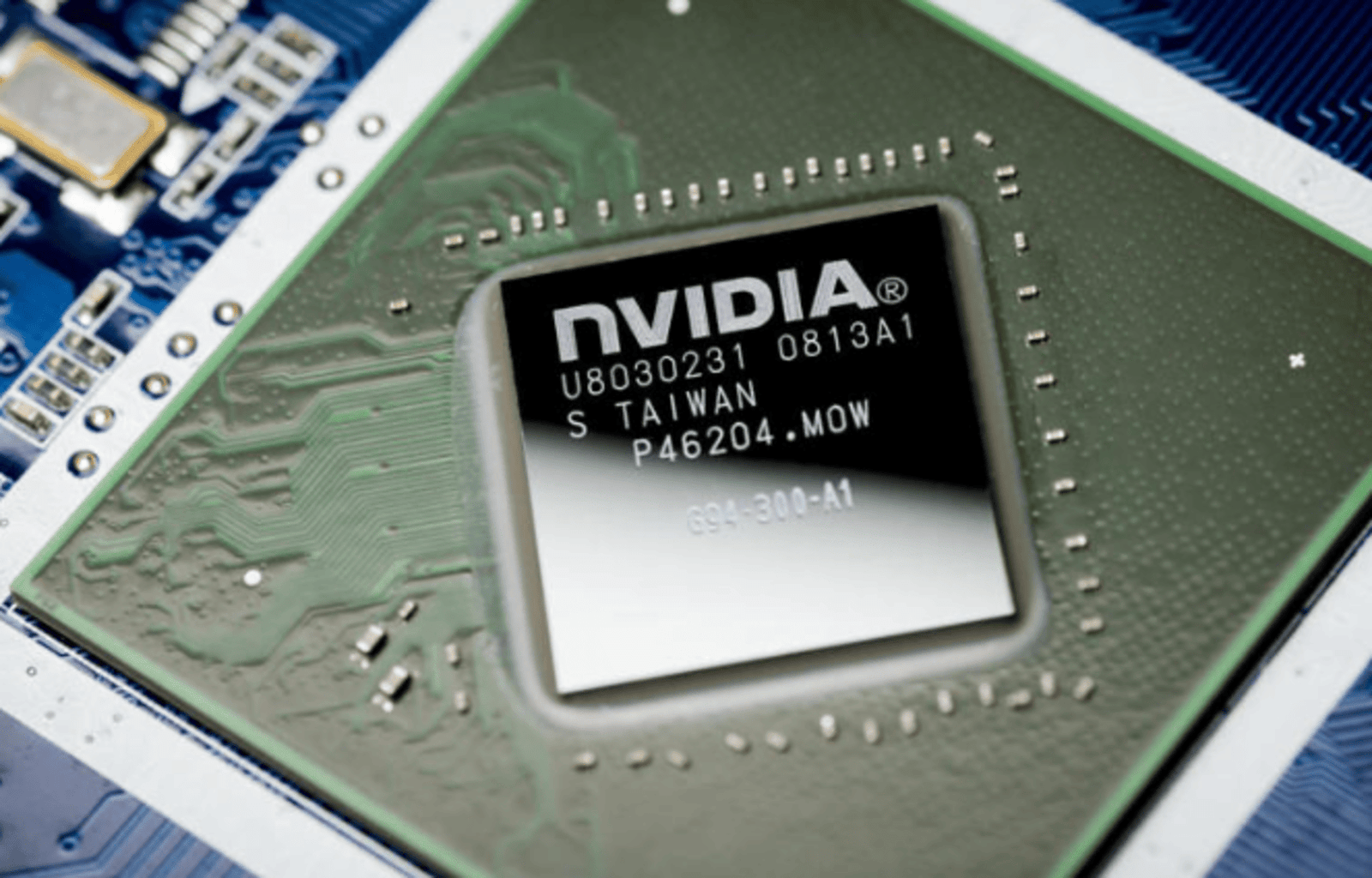
From Boom to Bust: The August Market Shakeup.From Inflation Fears to Growth Jitters: A Stock Market Rollercoaster Ride in August
The first half of August 2024 delivered a gut-wrenching display of market volatility, leaving investors scrambling to adjust their strategies. While the stock market boasted its best week of the year by the close of August 16th, the journey there was far from smooth sailing. This article delves into the key factors that triggered the market’s wild swings, explores the underlying shift in investor sentiment, and examines what lies ahead for the remainder of 2024.From Boom to Bust: The August Market Shakeup
A Market Reversal: From Optimism to Fear
July 2024 was marked by a prevailing sense of optimism regarding a potential “soft landing” for the US economy – a scenario where inflation eases without triggering a recession. However, this confidence evaporated rapidly in early August. A softer-than-expected jobs report on August 2nd sparked a stock market selloff, marking the worst three-day start to a month for the S&P 500 and Nasdaq Composite since August 2002.
This sudden shift in sentiment stemmed from a growing concern amongst investors: the possibility that the Federal Reserve’s efforts to combat inflation might inadvertently lead to a recession. Previously, bad economic news was often interpreted positively as it strengthened the case for Fed rate cuts – a move perceived as beneficial for stocks. However, with inflation seemingly under control, bad news now translates to a heightened fear of an economic slowdown.

The Unwinding of the Yen Carry Trade
This complex financial strategy involved borrowing yen at a low interest rate and investing the proceeds in higher-yielding assets denominated in other currencies. As the yen’s value weakened, investors profited. However, a sudden reversal in the yen’s fortunes forced traders to unwind their positions rapidly, triggering a wave of selling across various asset classes and amplifying the market selloff.
Relief and Recovery
Despite the initial carnage, a sense of relief emerged as August progressed. The unwinding of the yen carry trade did not trigger a systemic financial crisis, and positive economic data points, such as better-than-expected jobless claims, helped lift stock prices. The S&P 500 managed to extend its winning streak to seven consecutive sessions by August 16th, with all major indices recording their strongest weekly gains since November 2023.
A New Era of Market Volatility?
While the market recovered from its August lows, experts warn that the period of extreme volatility might not be entirely over. The focus has shifted from inflation to economic growth, with labor data emerging as the new “driver’s seat” for the markets. This shift signifies that investors are now more attuned to signs of a potential economic slowdown. The Federal Reserve, with its dual mandate of maintaining price stability and full employment, will be closely monitoring labor market data to determine the pace of future interest rate adjustments.
Looking Ahead: Growth on the Horizon, But Road Ahead is Rough
Analysts predict that further “growth scares” are likely in the coming months, suggesting that a period of sustained low volatility remains improbable. However, the underlying fundamentals for a continued stock market rally might still be in place. DataTrek Research anticipates a potential “growth-stock-led rally” towards the end of 2024, albeit with a potentially bumpy ride in the near term.
Conclusion: Adapting to the New Market Landscape
Investors who previously relied on bad economic news to trigger Fed rate cuts and bolster stock prices must now adapt to a new reality. Understanding the interplay between inflation, growth, and Fed policy will be crucial for navigating the potentially volatile market conditions that lie ahead.
A New Era of Market Dynamics
The August upheaval marked a pivotal moment for the market. The focus shifted from inflation to growth, with investors scrutinizing economic data for any signs of weakening. Labor market indicators, in particular, took center stage, as they offered valuable insights into the health of the economy.
As the market stabilized in the latter part of August, a sense of relief permeated the air. However, the underlying volatility persisted, underscoring the challenges ahead. Investors were left to grapple with a new normal, characterized by heightened uncertainty and the potential for abrupt shifts in sentiment.
Investor Behavior: Fear and Greed in the Spotlight
The August market turmoil laid bare the powerful emotions that drive investor behavior. Fear and greed, the twin pillars of market psychology, were on full display. As the market plummeted, fear gripped investors, leading to panic selling and a rush to safety.
On the other hand, as the market rebounded, greed began to resurface. The allure of potential gains lured investors back into the market, fueling the rally. This pendulum-like swing between fear and greed is a common phenomenon, but its intensity was amplified during August’s volatile period.
Sector Spotlight: Tech Takes a Hit
The technology sector bore the brunt of the market’s downturn. High-growth tech stocks, which had been the darlings of investors for several years, were particularly hard hit. The sector’s sensitivity to interest rate changes and economic growth prospects made it vulnerable to the changing market environment.
While some tech giants weathered the storm, others experienced significant declines. Investors became more discerning, focusing on companies with strong fundamentals, robust balance sheets, and sustainable growth prospects. The era of indiscriminate tech investing appeared to be drawing to a close.
Geopolitical Tensions: A Looming Threat
Geopolitical tensions, while not the primary driver of the August market turmoil, continued to simmer in the background. The ongoing conflict in Ukraine and heightened tensions between major world powers introduced an element of uncertainty to the global economic outlook.
Investment Strategies in a Volatile Market
The heightened volatility of recent months underscores the importance of a well-diversified investment portfolio. A balanced approach, incorporating a mix of stocks, bonds, and other asset classes, can help mitigate risks and capture opportunities across different market conditions.
Defensive Investment Strategies:
For investors seeking to protect their wealth during periods of market uncertainty, defensive strategies can be considered. These include:
Gold and other precious metals: These assets often serve as a hedge against inflation and geopolitical risks.
Growth-Oriented Strategies:
While defensive strategies prioritize capital preservation, growth-oriented investors may seek to capitalize on long-term opportunities. Some potential strategies include:
Value investing: Identifying undervalued stocks with strong fundamentals can offer attractive returns over time.
Growth investing: Focusing on companies with high growth potential can generate substantial returns, but also carries higher risk.
Index funds and ETFs: These low-cost investment vehicles provide broad market exposure and can be a core holding in many portfolios.
The Role of AI in Investing
AI-powered tools can analyze vast amounts of data to identify patterns, trends, and potential investment opportunities. While AI is not a panacea, it can be a valuable tool for investors seeking to enhance their decision-making process.
However, it’s essential to use AI responsibly and critically evaluate its outputs. Overreliance on AI without human judgment can lead to suboptimal investment decisions.
Conclusion
Navigating the complexities of the modern investment world requires a combination of knowledge, experience, and adaptability. By understanding the various investment strategies available and leveraging the power of AI, investors can increase their chances of achieving long-term success.
Also Read
Walmart Q2 surge 10 key takeaways








